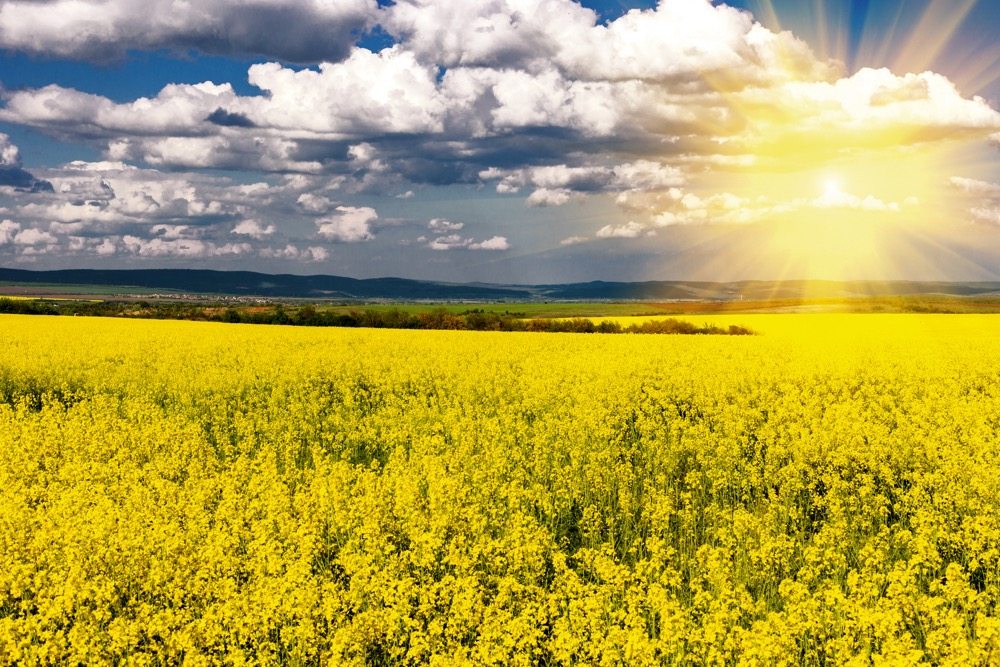Alberta farm groups say they’ve seen a recently reported drop in realized farm income play out in real time.
Recent figures from Statistics Canada show that producers across the country earned more money in 2022 compared to the previous year, but rising expenses more than ate up that increase.
The net result was a 7.6 per cent drop in realized farm income across the country, to $11.8 billion. Data from the first three quarters of 2023 shows another increase in farm cash receipts.
Read Also

Moo translator and methane measures: There’s an app for that
Dalhousie University researchers use artificial intelligence to create new dairy farm apps that analyze cattle sounds and measure methane.
Realized net income is the difference between cash receipts and operating expenses, minus depreciation, plus income in kind. Crop receipts were up by 15.2 per cent in 2022, hitting $53.9 billion, supported by strong demand and tight supplies in Western Canada after the 2021 drought.
Although realized net incomes have been highly variable across Alberta this year, Jason Lenz, interim vice-chair for Alberta Grains, agreed that input prices have taken a significant bite out of cash receipts over the past two years.
“The return is probably not much better than even in the lower farm cash receipt years,” he said.
“Inputs have been at record high levels over these last two to three years. But at the same time our commodity prices have been very strong in the last three to four years. So the other factor here is obviously weather, and that’s going to have a huge effect on your revenue side and 2021 was a very, very dry year.”
Alberta grain growers are concerned about price reductions in wheat and durum but they’re calmed somewhat by an apparent stabilization of input costs, said Lenz.
“We’re starting to see an easing or stabilization of prices more than anything. Fertilizer costs are coming down to what would be considered a little bit more normal level. The cost of some of our inputs like glyphosate are coming down to normal levels. Diesel is still pretty volatile, but it’s at neither a high or a low. It’s where we normally expect it, I guess.”
As for commodity prices, Lenz predicts a recovery in wheat prices over the next four to six months.
“I see wheat and canola prices probably climbing a little bit just based on supply,” he said. “I think our numbers are down because of the drought. In canola, China really hasn’t entered the market yet so when that happens, we’re likely to see a pretty good spike in canola prices.”
Livestock pressures
Livestock receipts were up by 11.9 per cent in 2022, hitting $34 billion, with gains in all sectors. However, feed costs were also up.
Alberta’s beef producers have felt the impact of high cattle prices and short but expensive feed supplies during the past few drought years.
However, there’s good news in the industry. According to the Alberta Economic Dashboard, cattle prices in Alberta increased 28.2 per cent in September compared to the same time period in 2022, to $220.95 per hundredweight.
Debra Murphy, stakeholder relations manager with Alberta Beef Producers, is reluctant to make general statements on realized net income in the province’s beef sector, simply due to the variability in drought and rainfall across the province in 2023.
“It’s so tricky because depending where you live and how impacted you were by drought, you might be seeing different feed prices or feed availability. And you might be making some of those harder decisions like your liquidation options,” she said.
“I couldn’t speak broadly for all people seeing profitability but we are very pleased as an organization to see those increased prices at the auction mart.”
Murphy said the beef market has been positive in 2023, “however, there are complexities and every operation is going to be different. So whether that trickles down to profitability kind of depends on the operation.”
By the numbers
Total farm operating expenses (after rebates) increased by 19.9 per cent in 2022 to $73.3 billion – the largest gain since 1979. In addition to the 20.7 per cent increase in feed expenses, fertilizer costs were up by 54.4 per cent at $11.7 billion, according to StatCan.
Russia’s invasion of Ukraine and resulting sanctions on Russian goods were said to have contributed to the rise in fertilizer prices. Fuel costs were up by 52.5 per cent on the year at $4.3 billion.
Looking at 2023, farm cash receipts for Canadian farmers totalled $72.5 billion through the first three quarters of 2023. That is up by 7.9 per cent from the same period in 2022, as receipts for crops and livestock rose and program payments fell.
The return to normal production levels raised crop receipts by 12.1 per cent though nine months to $41.4 billion, due to the gain in marketings and despite lower prices.
Receipts for canola, wheat (excluding durum) and durum wheat led the way in the first three quarters of 2023. Canola marketings were up by 40.1 per cent, while wheat was up by 31.1 per cent and durum marketings increased by 73 per cent.
The increase in marketings was due to a return to normal production levels in the 2022 crop year, following the severe drought in Western Canada in 2021.
In the first three quarters of 2023, prices fell 15.5 per cent for canola, 8.9 per cent for wheat (excluding durum) and 17.9 per cent for durum wheat, although they were still higher than their five-year average.
Cattle and supply-managed commodity prices were up by 8.9 per cent, resulting in a $2.2 billion increase in total livestock receipts to $27.2 billion.
Conversely, program payments declined $1.4 billion to $4 billion after hitting record highs in 2022. Crop insurance payments led this decrease as payments moved closer toward the five-year average.
Livestock receipts rose 8.9 per cent to $27.2 billion during the first three quarters of 2023 due to increases in the cattle and supply-managed sectors.
Cattle receipts were up by $1.8 billion, to $9.8 billion, due to a 28.2 per cent rise in cattle slaughter prices and a 24 per cent rise in international export receipts. Those increases were caused by strong demand in Canadian and United States markets and higher input costs for producers, according to StatCan.
Supply-managed receipts grew 7.2 per cent to $11.2 billion and accounted for just over 40 per cent of total livestock receipts. Dairy receipts were up $312.2 million to $6.4 billion on the strength of higher prices driven by production cost increases. Both marketings and prices pushed receipts for meat chickens up $286.4 million to $3.1 billion.
Despite a small increase in marketings, an 11.8 per cent decrease in price led to a 11.2 per cent drop in hog receipts to $4.5 billion.
Total direct crop insurance payments were down by $1.4 billion, to $4 billion. Payments were high in 2022 because of the 2021 drought. The decline primarily affected the Prairie provinces, with lower crop insurance payments in Alberta (-$775.2 million), Saskatchewan (-$429.8 million) and Manitoba (-$249.2 million).
– With files from Phil Franz-Warkentin, Glacier FarmMedia Marketsfarm
















